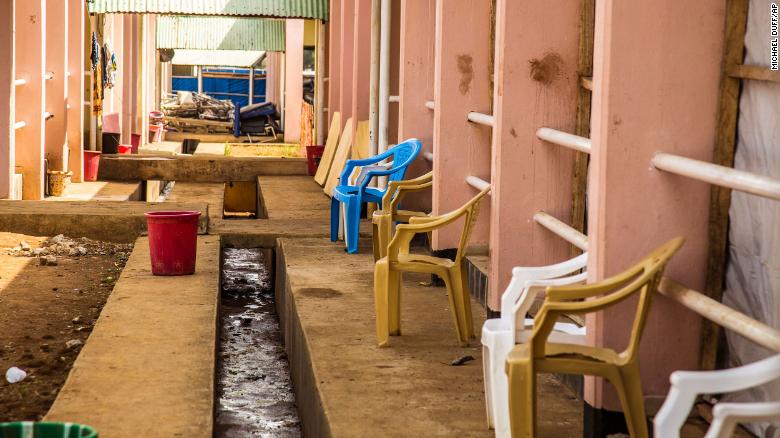Dr. Tedros Ghebreyesus is the director general of the World Health Organization. Henrietta Fore is the executive director of UNICEF. The opinions expressed in this commentary are their own. Read more opinion at CNN.
In many ways, 2020 was the year the world fully recognized how important our health workers are. Acknowledgment and praise was everywhere.
Essential workers were recognized in Time magazine’s Person of the Year issue. World leaders tweeted their praise. In spring, citizens in cities around the world took to their windows at dusk to applaud their sacrifice.
And yet, 2020 was the year the world also recognized how far we have to go to fully protect our health care professionals.
As Covid-19 swept across the world, protecting those on the front lines became front of mind. Governments, the World Health Organization, UNICEF and other partners mobilized masks and gowns from every corner of the world even as the cost of those items skyrocketed. The phrase “personal protective equipment,” or PPE, entered the public lexicon.
But for health workers across the world, water is also PPE — and in too many places, access to it in hospitals and clinics is sorely lacking. Many doctors and nurses don’t have the means to wash their hands when treating patients, and disease and death are the result.
A modest investment would change that.
The data are stark: New figures show that an estimated 1.8 billion people use or work in clinics or hospitals without basic water services, meaning no access to running water, as detailed in a recent WHO report. Worldwide, nearly 1 in 4 health facilities lacks basic water services, 1 in 3 lacks adequate means to wash hands where patients are treated, 1 in 10 has no sanitation services, and 1 in 3 do not segregate waste safely. In the world’s 46 least developed countries, half of all health facilities have no clean water on site.
In a health care setting, providing doctors, nurses and patients with somewhere to clean their hands is one of the most effective ways to halt the spread of disease. And yet, health workers and people in need of treatment are being sent into facilities without clean water, decent toilets or even soap on a vast scale.
Ensuring health workers have what they need to keep themselves, their coworkers, their patients, their families and their children safe is imperative. These are people putting themselves at risk to help others — and we have been failing too many of them.
The consequences of this are dire. In the context of the Covid-19 pandemic, infections among health workers have been far greater than those in the general population: Health care workers represent less than 3% of the population yet account for 14% of reported Covid-19 cases worldwide. But this can be fixed.
Preliminary estimates show that making sure all health facilities in all these countries have basic water, sanitation, hygiene, waste management and cleaning services will cost an additional $ 3.6 billion between 2021 and 2030.
That’s around 30 cents a year to cover both the initial investment and the ongoing costs of providing these basic services to each person in the least-developed countries where such basic water services are lacking.
It would be a worthwhile investment to protect our health workers, our families, our children. It’s a small fraction of what’s been spent on personal protective equipment this year alone, and it would ensure hospitals and health centers in poor countries have clean water for a decade.
In the world’s 46 least developed countries, governments spent around $ 10 per person in 2018 on health services. But where budgets are spread so thinly, even this hugely cost-effective investment becomes a challenge.
In the context of a global community, however, these sums are manageable. To cite just one example of health spending in the developed world, the UK government alone budgeted £15 billion (around $ 20 billion) for personal protective equipment during 2020-21.
That’s about five and a half times the total amount needed to ensure health workers in the world’s poorest countries are offered the basic protection which water, sanitation and hygiene services would afford them.
And this investment would have significant returns. Both financially, and in real terms.
Improving hygiene in health care facilities would mean health workers and patients can focus on giving and receiving quality care they need.
It could save a million pregnant mothers and new born babies from dying of preventable diseases: Each year, that’s how many mothers and babies are estimated to die from infections soon after birth, a tragedy that is easily preventable with better conditions.
And it would even help to tackle the surge of antibiotic resistant infections we are seeing emerge, as better hygiene would reduce infections, and the need for antibiotic use.
It is so simple as to be obvious: Health workers need a clean environment with proper water, sanitation and hygiene facilities so they can safely provide the care people need.
The cost of inaction is great while addressing this solvable injustice is cost effective. What are we waiting for?
>>>>




